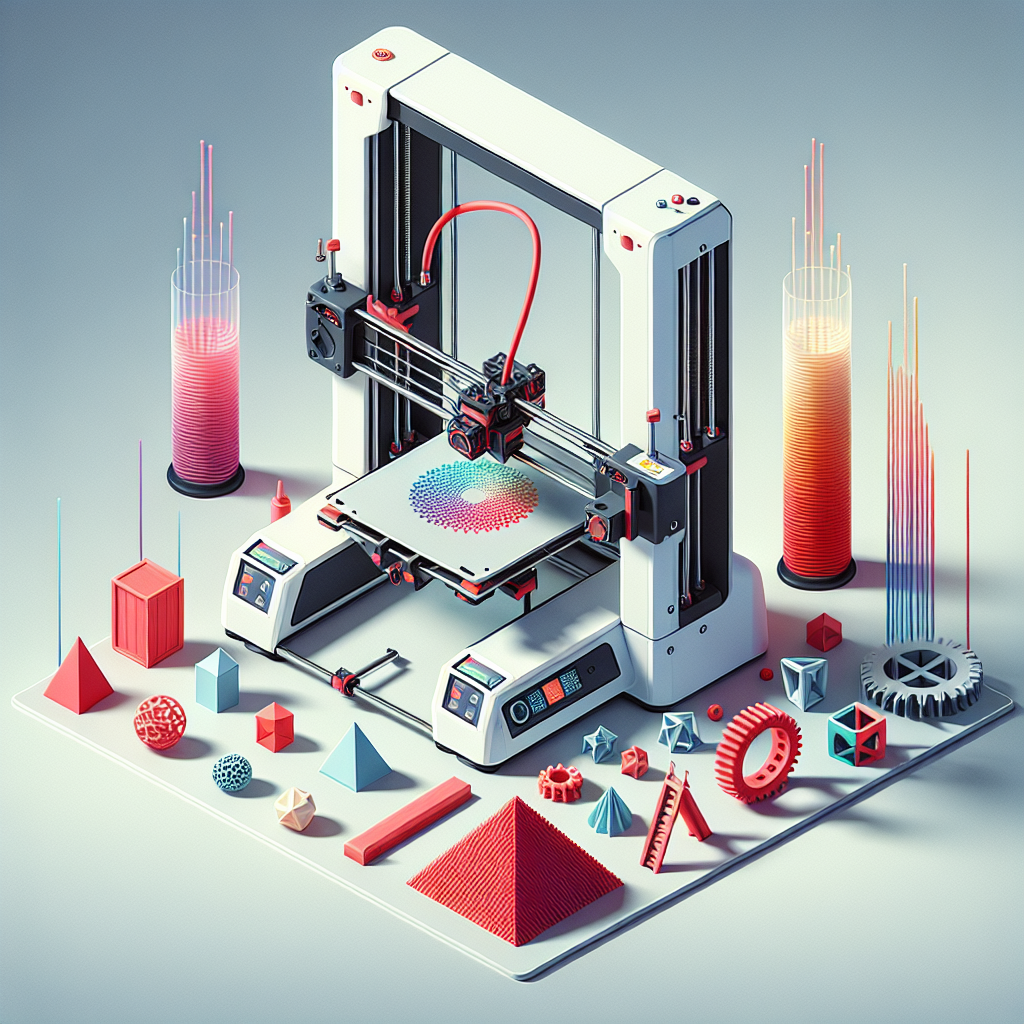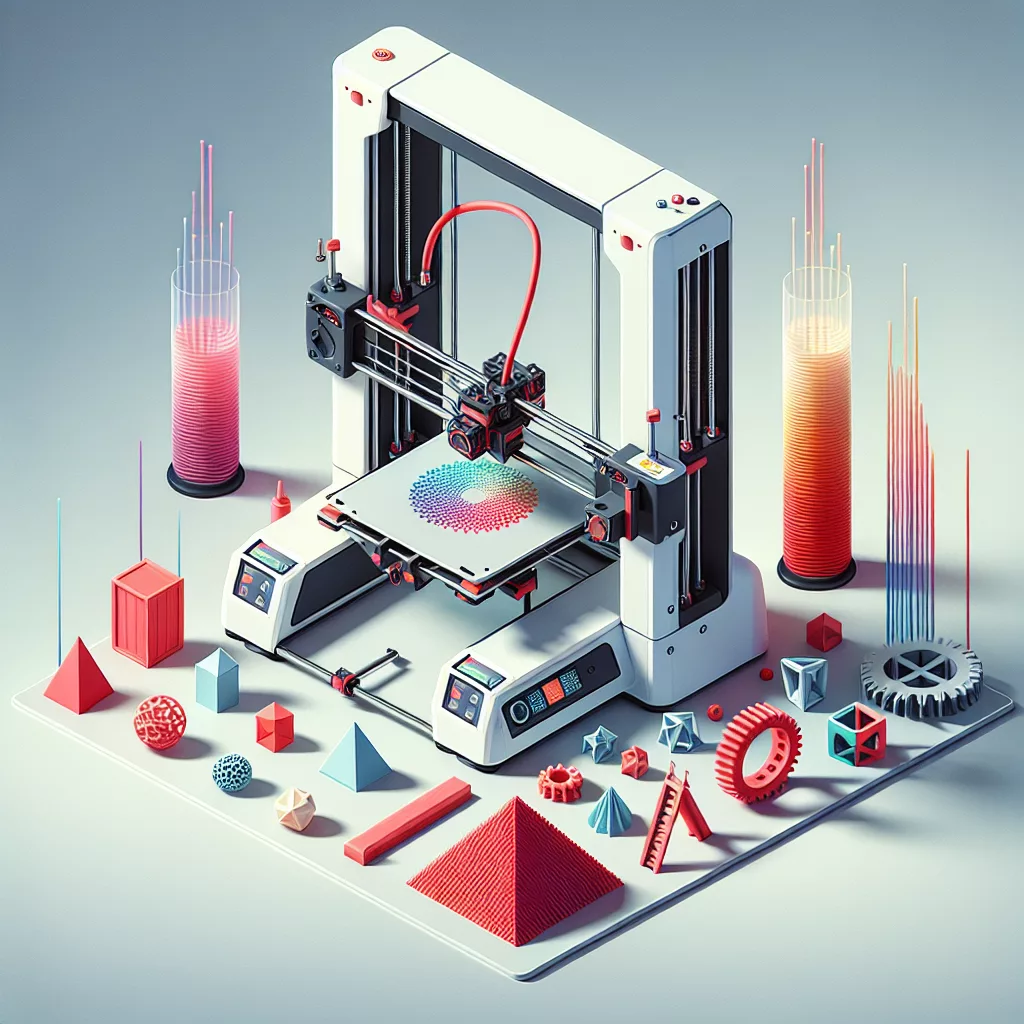Introduction: Exploring Dual-Extruder 3D Printing
Dual-extruder 3D printers have revolutionized the world of additive manufacturing, expanding creative possibilities and enhancing overall print quality. Whether you’re a hobbyist, professional designer, or engineer, these machines offer distinct advantages—but they’re not without their drawbacks. Below, we’ll explore the primary pros and cons of dual-extruder 3D printers, helping you decide if this technology is the right fit for your needs.
Understanding Dual-Extruder 3D Printers
A dual-extruder 3D printer is equipped with two separate extruders, allowing it to handle two different materials or colors simultaneously within a single print job. This capability facilitates complex projects, multi-color models, and supports structures using soluble or breakaway materials, bringing increased flexibility and creativity to the user.
Pros of Dual-Extruder 3D Printers
1. Multi-Material Printing Capability
Perhaps the most significant advantage of dual-extruder printers is their ability to print with multiple materials or colors simultaneously. This opens up remarkable opportunities, including combining rigid and flexible filaments, mixing different textures and finishes, or simply creating vibrant multi-colored parts without having to pause and switch filaments mid-print.
2. Enhanced Support Structures
Dual extrusion enables the use of specialized filaments designed specifically for supports, such as water-soluble PVA or easy-to-break-away materials. These advanced support structures greatly simplify the post-processing phase, reducing time and effort spent removing supports and resulting in cleaner, smoother surfaces and more intricate geometries that would otherwise be impossible.
3. Improved Productivity and Efficiency
With a dual-extruder setup, there’s no need to pause prints to swap materials or colors manually. This streamlining shortens printing cycles, makes your workflow more efficient, and helps prevent common user errors that may occur during filament changes. Additionally, it reduces downtime between print jobs, significantly boosting productivity for high-volume use.
4. Increased Creative Freedom
Dual extruders offer designers and artists unparalleled creative freedom. You can create visually striking models, printing intricate details and color transitions seamlessly without extra effort. Dual-extruder printing enables more complex designs and aesthetically pleasing prints that stand out from the ordinary.
Cons of Dual-Extruder 3D Printers
1. Increased Cost
The added functionality of dual extruders comes at a premium price. Dual-extruder models generally cost significantly more upfront compared to single-extruder printers. Moreover, they’re typically more complex mechanically, potentially resulting in increased maintenance costs and higher long-term investment.
2. Increased Complexity and Learning Curve
Dual-extruder printers tend to be more complex to set up, configure, and calibrate than single-extruder printers. Proper alignment, accurate leveling, and precise nozzle calibration are crucial to achieving quality prints. This complexity can be daunting for beginners or those accustomed to single-extruder systems. Users must invest additional time and patience to master the intricacies of dual-extrusion printing.
3. Greater Maintenance and Higher Risk of Hardware Issues
More components mean more potential for problems. Dual-extruder printers require meticulous maintenance, including regular cleaning of both nozzles and extruders to prevent filament jams or clogging. Improper maintenance can lead to frustration and downtime, affecting print quality and overall reliability.
4. Heavier Print Heads and Reduced Print Speed
Because dual-extruder systems contain two extruders within the print head, they’re typically heavier. This added weight often results in reduced printing speeds and increased vibrations, which could negatively impact the quality of the final print unless compensated for by high-quality motion components or slower print settings.
Conclusion: Is a Dual-Extruder Printer Right for You?
Dual-extruder 3D printers undeniably offer compelling advantages—such as multi-material compatibility, superior support structures, improved productivity, and creative flexibility. However, they also come with increased costs, complexity, maintenance demands, and potential reductions in print speed.
The decision to invest in a dual-extruder printer ultimately depends on your specific needs and preferences. For experienced hobbyists, professionals, or creative artists demanding versatility from their 3D prints, dual extrusion may provide an exciting and beneficial upgrade. On the other hand, beginners or those focused on simplicity and ease-of-use might find single extruders more practical and cost-effective.
Consider your goals, skills, and willingness to manage the additional complexity to help you decide whether a dual-extruder 3D printer is worth adding to your printing toolkit.


Leave a Reply